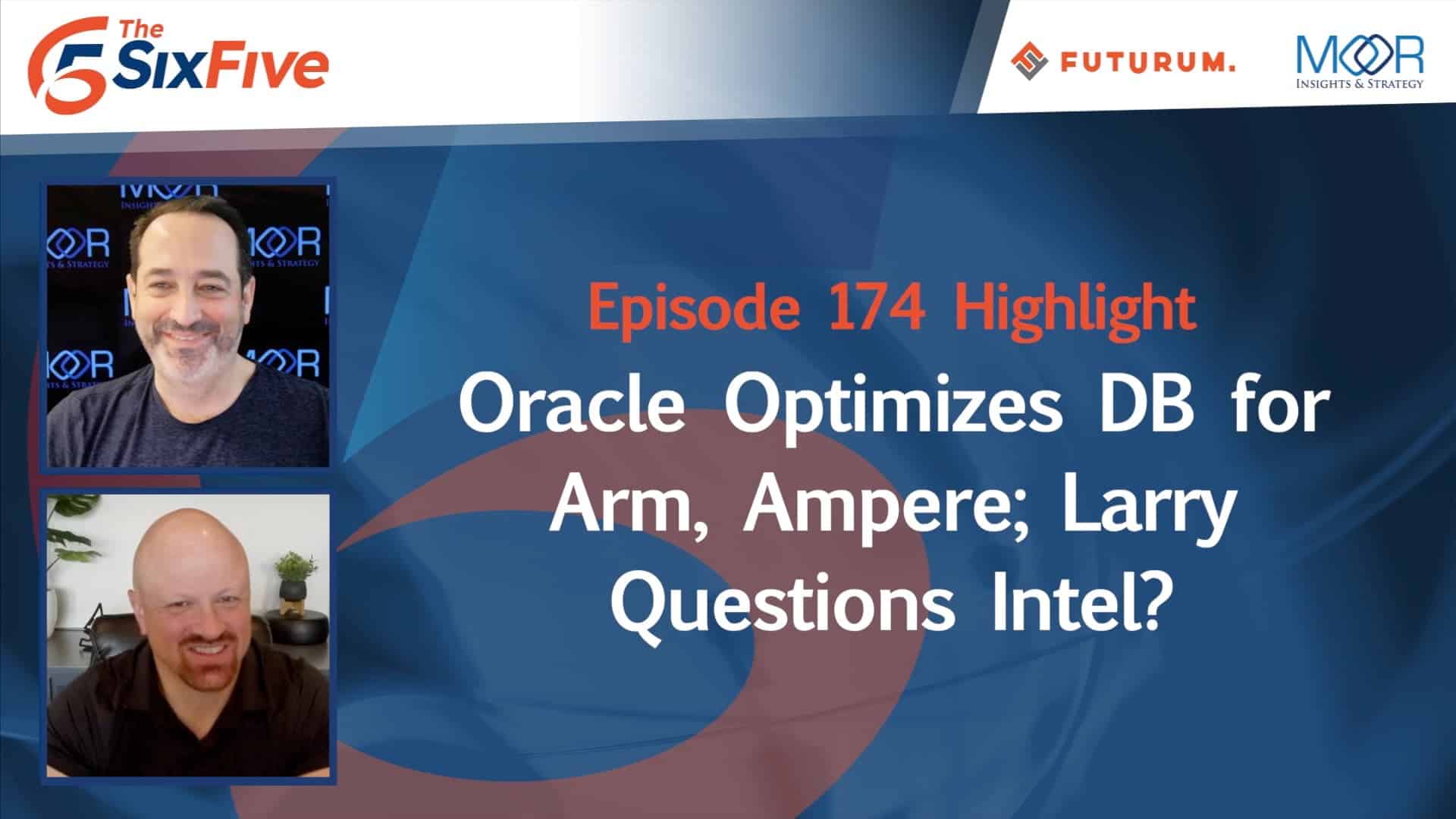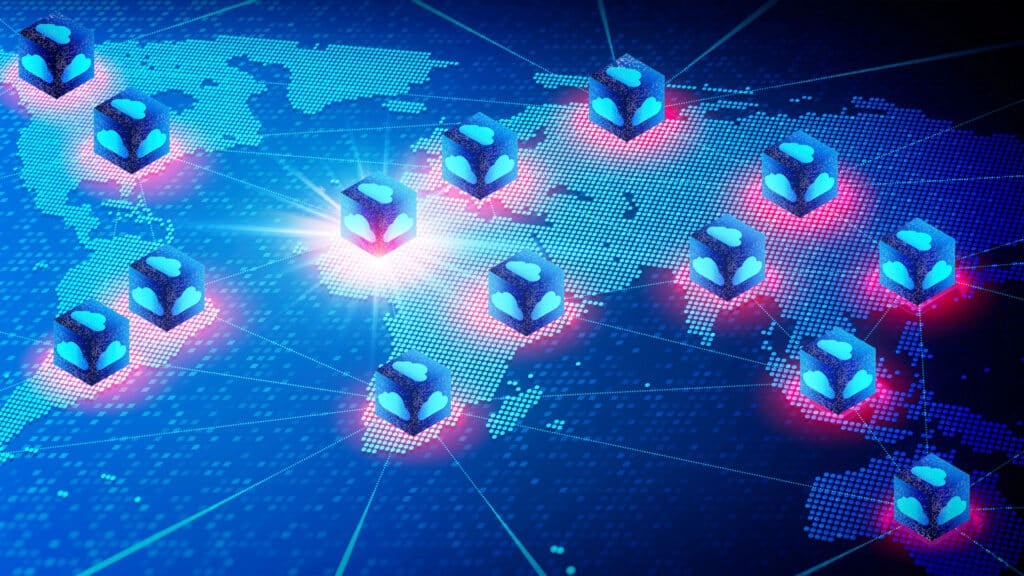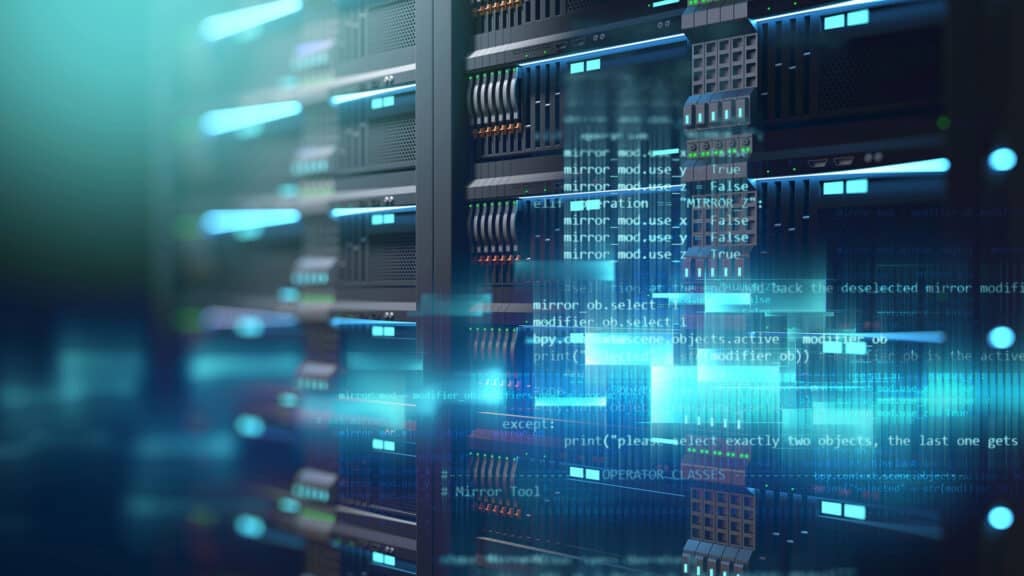The Six Five team discusses Oracle optimizing DB for Arm and Ampere as well as Larry Ellison’s comments about AMD and Intel.
If you are interested in watching the full episode you can check it out here.
Disclaimer: The Six Five Webcast is for information and entertainment purposes only. Over the course of this webcast, we may talk about companies that are publicly traded and we may even reference that fact and their equity share price, but please do not take anything that we say as a recommendation about what you should do with your investment dollars. We are not investment advisors and we ask that you do not treat us as such.
Transcript:
Pat Moorhead: Oracle made a couple proclamations. First of all, Oracle they were optimizing their database for Ampere and their database for 35 years has been x86, and now it’s going to be Ampere and Arm. And there were also some comments that Larry made about AMD and Intel. Again for years and years. You have to pick your binary compatibility point when you write software and Oracle database it’s been around, I started in Tech 32 years ago, and guess what? I got trained on Oracle when I was at NCR in 1990.
It’s been around for a long time. And Oracle’s not only x86, Oracle had their own Spark processor that they bought from Sun, but this is the first time we’ve seen it optimized for arm. I haven’t seen any benchmarks of how it performs or how it scales, but I see this as this is a huge statement, right? Because if you look at, I think anybody who’s in the know views Arm as a player in public cloud, native cloud software from the os, the middleware to the Engine Xs to the full stack. I mean we’ve seen this with AWS, right? But there’s always a continued question about what I would call legacy software. The SAPs, the Red Hats, the Oracle database. Well here we are. So it really opens us up. Now Oracle is an investor in Ampere, which makes it even more interesting.
But Larry, at this event that I was invited to but I couldn’t attend, made a statement that says “We’re going to be buying billions of dollars from Nvidia, AMD and Ampere.” And when asked about Intel, Larry’s comment based on a news story was basically talking about Intel x86 legacy. So not great, but I’m certain that Oracle is buying a tremendous amount of technology from Intel. And you don’t normally have people kind of go on the offensive, but it’s Larry and this is what we get. So good news for Oracle. Good news for Ampere and it looks like good news for AMD.
Daniel Newman: Yeah, Pat, I think you covered it pretty well. The elephant in the room is Intel in this one and it’s that this is going to have a sizable impact to the Intel number. And this is not probably something that Intel’s going to be particularly happy to see. I’m sure they’ve known about this. This is not a secret to them. You can generally sense when a buying shift has changed. This changed around X9M. This was not an immediate change, but you started to see this shift. It’s just that’s the elephant in the room. It is a signal of strength though for what AMD is doing. It’s another kind of feather in the cap. AMD has had some big wins as of recent, and of course getting this kind of alignment with Oracle could also be good because we know AMD’s intent in GPU is also significant.
So being able to get in and win on the CPU side could long term mean a significant opportunity. And we’ve been hearing about the Ampere partnerships for some time as well. Pat, this wasn’t really breaking news either, but this is a big win for Ampere and Arm of course, and shows again, the diversity of the silken that’s going to be going into these hyper hyperscalers Pat. They’re almost becoming in some ways the channel for these semiconductor manufacturers. They become the channel because yes, obviously hybrid and on-prem is still very, very significant. But so many companies are spinning up workloads in hyperscale cloud. And so it’s becoming a bit of, you go into the grocery store, you pick your soft drinks or your beer, you get Coke, you get Pepsi, you get Dr. Pepper. Now if you have a preference on the actual silicon, you can go to any hyperscaler and get the various of the majors, the AMDs, the Intels, Nvidias, Arm base, et cetera.
But if you have no preference, it might start to come down to things like price performance. We talked a little bit about AI with some of the execs at Google and obviously they have all the Nvidia variants, they have TPUs, some people really care, some people don’t. So it looks to me like Oracle is shifting and pivoting and this is going to be an area of contention, but this is a battle right now. And so it’s going to be driven by everything from the performance to the business agreements that these companies put in front. In the end though, the question will always be as with the customers and the users of this stuff, as it becomes more democratized, is it commodity or is there true differentiation on the silicon and what drives that decision of which silicon to use for which workload? So I’ll stop there.
Pat Moorhead: Yeah, really provocative stuff. I’m really interested to see what this can do for ARM and the enterprise because ARM and the on-prem enterprise hasn’t really done much at all. HPE has some interesting technology with Ampere in it, but again, more research to do on this. I have a VP and principal analyst of compute, Matt working on this right up right now. I think it’s in my inbox.
Author Information
Daniel is the CEO of The Futurum Group. Living his life at the intersection of people and technology, Daniel works with the world’s largest technology brands exploring Digital Transformation and how it is influencing the enterprise.
From the leading edge of AI to global technology policy, Daniel makes the connections between business, people and tech that are required for companies to benefit most from their technology investments. Daniel is a top 5 globally ranked industry analyst and his ideas are regularly cited or shared in television appearances by CNBC, Bloomberg, Wall Street Journal and hundreds of other sites around the world.
A 7x Best-Selling Author including his most recent book “Human/Machine.” Daniel is also a Forbes and MarketWatch (Dow Jones) contributor.
An MBA and Former Graduate Adjunct Faculty, Daniel is an Austin Texas transplant after 40 years in Chicago. His speaking takes him around the world each year as he shares his vision of the role technology will play in our future.




